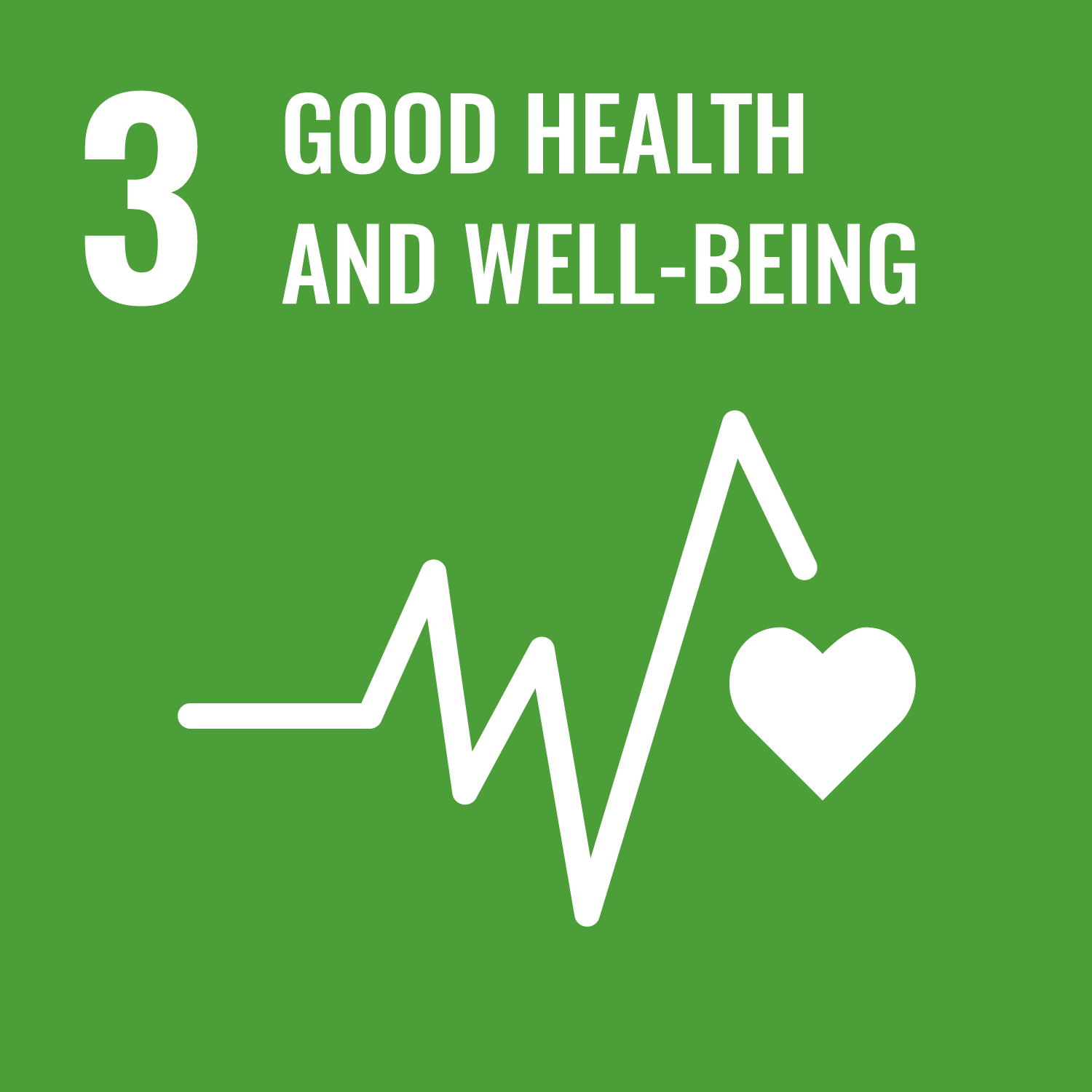Bojke, C. orcid.org/0000-0003-2601-0314, Konwea, H., Nelson, E.A. et al. (14 more authors) (2025) Cost‐effectiveness of swab versus tissue sampling for infected diabetic foot ulcers from the CODIFI2 randomised controlled trial. Diabetic Medicine. e15492. ISSN 0742-3071
Abstract
Aims To compare the cost-effectiveness of wound swabbing versus tissue sampling for infected diabetic foot ulcers.
Methods This multi-centre, Phase III, prospective, unblinded, two-arm parallel group, randomised controlled trial compared clinical (reported elsewhere) and economic outcomes of swab versus tissue sampling over a 52–104 week period.
Resource use was logged using case record forms and patient questionnaire at weeks 4, 12, 26, 39, 52 and 104, costed using laboratory and published sources from the UK NHS perspective, at 2021/2022 price-year. EQ-5D-3L questionnaires issued at these time points were used to derive quality-adjusted life-years (QALYs).
To account for imbalances such as age, a regression-based approach was used to estimate survival, expected costs and QALYs between the sampling arms. Available case analysis (ACA) and multiple imputation methods were applied for self reported missing data, and ACA for researcher-collected data (survival, hospitalisations and antibiotic use). Probabilistic sensitivity analysis was used to assess the uncertainty of economic results.
Results We recruited 149 participants (75 swab, 74 tissue) from 21 UK sites, between 07 May 2019 and 28 April 2022 (last follow-up 28 April 2023). Planned sample size was 730 participants, for 90% power to detect 12.5% difference in healing at 52 weeks, but the trial stopped early due to low recruitment.
Expected QALYs in the swab-sampling arm were greater than in the tissue-sampling arm at weeks 26, 52 and 104.
The cost of tissue sampling was greater than of swabbing when including antibiotics and hospitalisation. Swab sampling participants had higher QALYs and lower costs across weeks 26–52, reducing slightly by week 104.
Conclusions Because of higher costs, lower QALYs and lack of evidence of benefit, potentially due to the trial being underpowered, tissue sampling was dominated by wound swabbing in the cost-effectiveness analysis.
Metadata
| Item Type: | Article |
|---|---|
| Authors/Creators: |
|
| Copyright, Publisher and Additional Information: | © 2025 The Author(s). Diabetic Medicine published by John Wiley & Sons Ltd on behalf of Diabetes UK. This is an open access article under the terms of the Creative Commons Attribution License, which permits use, distribution and reproduction in any medium, provided the original work is properly cited. |
| Keywords: | antibacterial agents; cost-effectiveness analysis; diabetic foot; quality-adjusted life-years; randomised controlled trial; wound sampling |
| Dates: |
|
| Institution: | The University of Leeds |
| Academic Units: | The University of Leeds > Faculty of Medicine and Health (Leeds) > School of Medicine (Leeds) The University of Leeds > Faculty of Medicine and Health (Leeds) > School of Healthcare (Leeds) > Nursing Adult (Leeds) |
| Depositing User: | Symplectic Publications |
| Date Deposited: | 07 Mar 2025 16:07 |
| Last Modified: | 07 Mar 2025 17:12 |
| Published Version: | https://onlinelibrary.wiley.com/doi/full/10.1111/d... |
| Status: | Published online |
| Publisher: | Wiley |
| Identification Number: | 10.1111/dme.15492 |
| Related URLs: | |
| Sustainable Development Goals: | |
| Open Archives Initiative ID (OAI ID): | oai:eprints.whiterose.ac.uk:224147 |


 CORE (COnnecting REpositories)
CORE (COnnecting REpositories) CORE (COnnecting REpositories)
CORE (COnnecting REpositories)